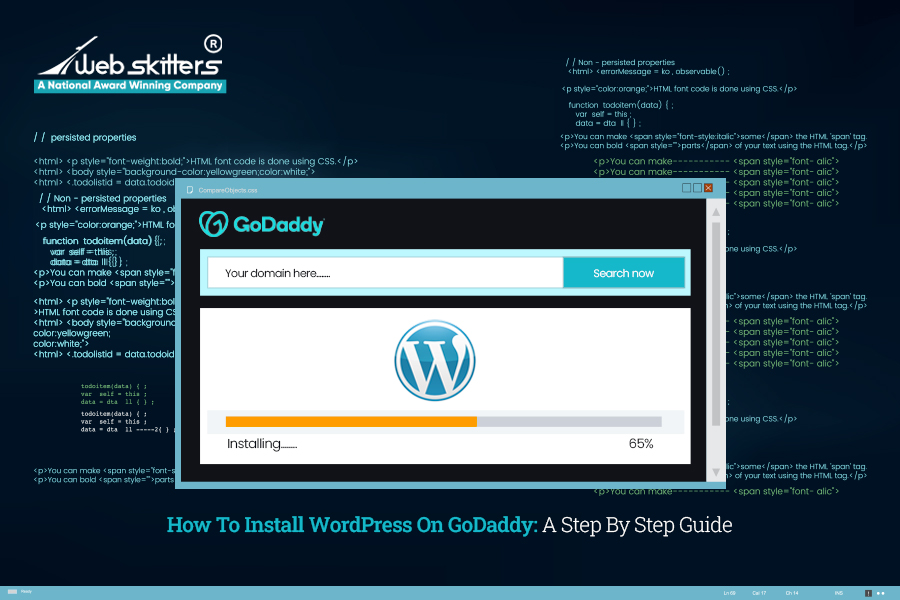The cornerstone of any successful PPC campaign is the right keyword research- which means choosing the best keywords to bid on that are most likely to see in clicks and conversions. To be honest, keyword research is part science and part art as well as understanding the customers as well as predicting the terms of what they are actually typing into the search box. These keywords are the best option to show that your ads show up at the right time as well as in the right place especially when they are searching for the kinds of products or services which we offer.
There is no better way to kick off the season by performing a thorough PPC keywords cleaning. You can go back into accounts, search for the terms and lists and sort out everything that is unnecessary over the past few months. If you want to succeed in promoting and growing the business, you can occasionally clean up the target keywords in the PPC campaigns which is must. There are plenty of other elements of your campaign which one can clean up which includes ads, ad extension, geo-targeting so PPC keywords are surely just the beginning. Just consider the following items.
1. Cleaning up the account structure
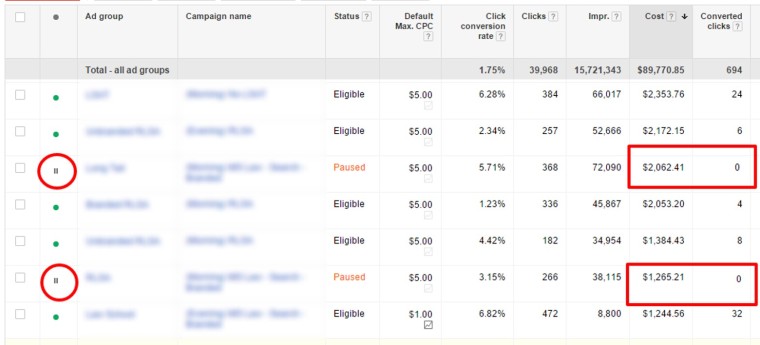
Start cleaning your account structure by examining the ad groups and campaigns. You can analyze the performance and pause any that are under performance or not bringing in a proper value. This step will be the most difficult task if you manage one or more large accounts.
Then you can start to restricting the account and tightening the groups. Organize the keyword groups into themes and keep them targeted taking care of each ad group which has relevant and similar themed keywords so that ad shown matches the keywords which are used in the search. Users are less to convert if there is no parity and relevance in what they are searching for. Try to place the best and top-performing keywords right into the group of own creating a target copy for each of them.
2. Clean up Your Keyword Lists
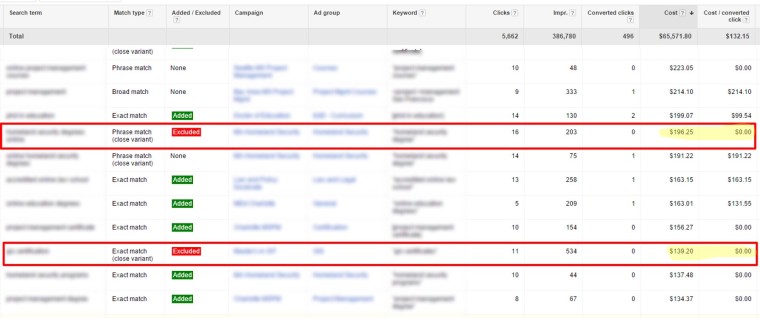
To make sure that your PPC efforts are running smoothly, you can look at the different types of keywords as well as keyword lists you have created. Start the removing the keywords that are not performing well. Then remove the keywords are not performing well. Try to remove all those keywords that have received low impressions right over time with no impressions at all since these keywords have an impact on the Quality Score of the ad group and campaign in the long run. Try cleaning up inactive keywords that have no traffic or few impressions in every 60 days.
Once you’ve eliminated unnecessary keywords, begin testing new keywords using competitor research. When you identify new keywords, develop them into new ad groups to target. New keywords are constantly emerging, so be on the lookout for popular keywords that aren’t already present in your account and add them.
Make sure to revisit the long tail positive keywords and identify those that have a track record of converting. By adding these keywords, you will improve both the conversions and cost-per-acquisition. When you are implementing popular as well as long-tail search terms in the ads and landing pages, consider the terms people use when searching for the topic of interest.
Lastly when bidding, start with bidding highest for exact matches followed by phrase and broad match types. You can pay more relevant matches.
3. Clean up the seasonal keywords
Cleaning up the seasonal keywords is critical for B2C accounts but it should be effectively done in a B2B environment. When you are cleaning up keywords most probably the seasonal ones, make sure that you have paused that are not applicable to current season.
Rethink about your budget allocation and redirect resources toward trending keywords to get your relevant information.
4. Clean up the negative keywords
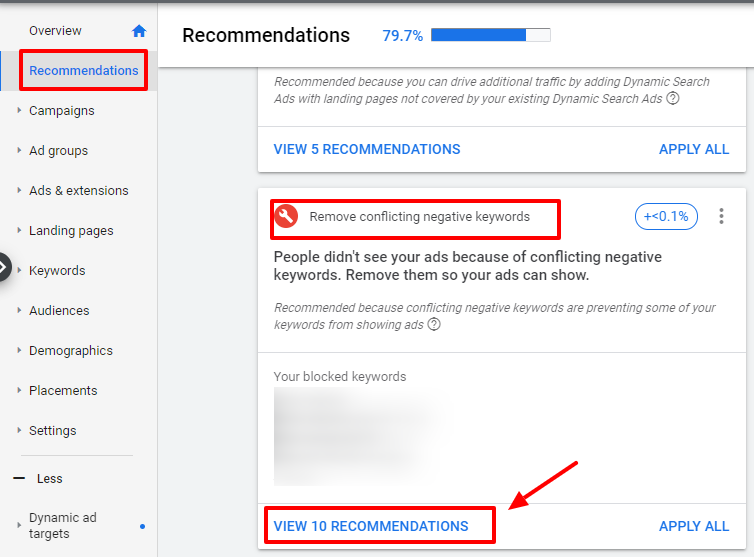
If you need to clean up the negative keywords, perform an in-depth seatch term analysis in 14-, 30-, 60-, and 90-day windows to determine the keyword which one need to target. Once you have nailed down the keywords which attract visits from people who are not in target audience, negative match these will not be at the ad group level but also at the campaign and account levels.
By negative matching them you are effectively controlling who will see the ads and make sure that you are not paying for clicks from people who will not convert.
You can also create negative keyword list and add those keywords to all the campaigns ensuring that when you create new campaign, you would not be leaving any negative keywords. Managing the negative keywords is very important because it will allow you to make most of the resources by reducing costs on keywords which is not performing well. You can tailor your negative keywords and you will increase the visibility of the ads to people who are more likely to be interested in them.
5. Lean up Duplicate and Low QS Keywords
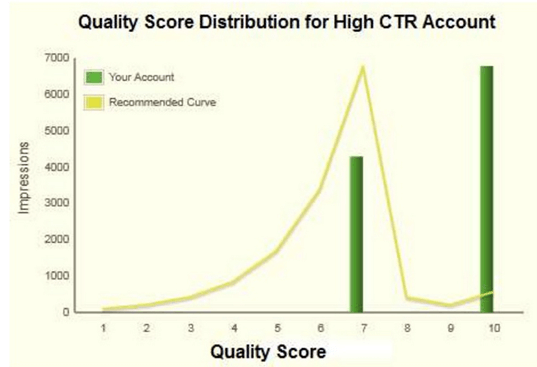
Duplicate keywords are surely a burden on the budget and apart from having negative impact on the Quality Score they can cannibalize the budget if left unattended. This occurs when similar words end up in same auctions causing a complete against yourself right along with driving cost-per-clicks. Perform PPC spring cleanup, check for duplicate keywords and remove if you find any.
In some cases, it is ok to use duplicate keywords if:
- You service in different geographical locations
- You service in different match types
- You service different networks
- Duplicates belong to different match types
Before you remove any keywords that are inactive, take time to check why they are inactive. Keyword hoarding is not desirable yet optimizing the keywords is not unrealistic. Here are some questions connected with your quality score.
- Is the landing page relevant and optimized for specific keywords?
- Are the ads relevant? Are you using low QS keywords in the ad text?
- Are you using right match type? Does phrase match give you better QS rather than broad match?
- Are these keywords performing? If they are the top converting terms, they contain high click-through-rate and reasonable CPA to keep them.
These questions should be in the back of your mind when you clean out the keywords, groups and lists. Based on the responses and conclusion, you may find that some of the inactive keywords are still usable.
These suggestions will surely be beneficial when it is the question of effectively cleaning up the PPC keywords for getting a better start.
Header Image Source: http://bit.ly/1Lof6ud


 June 10, 2022
June 10, 2022 

